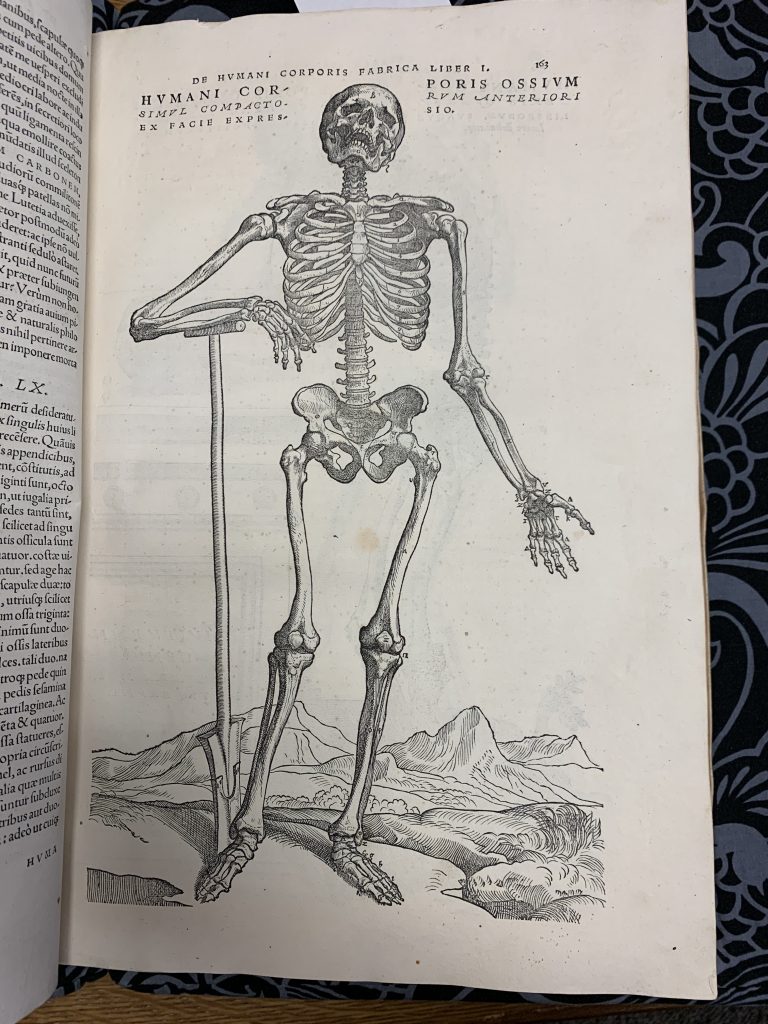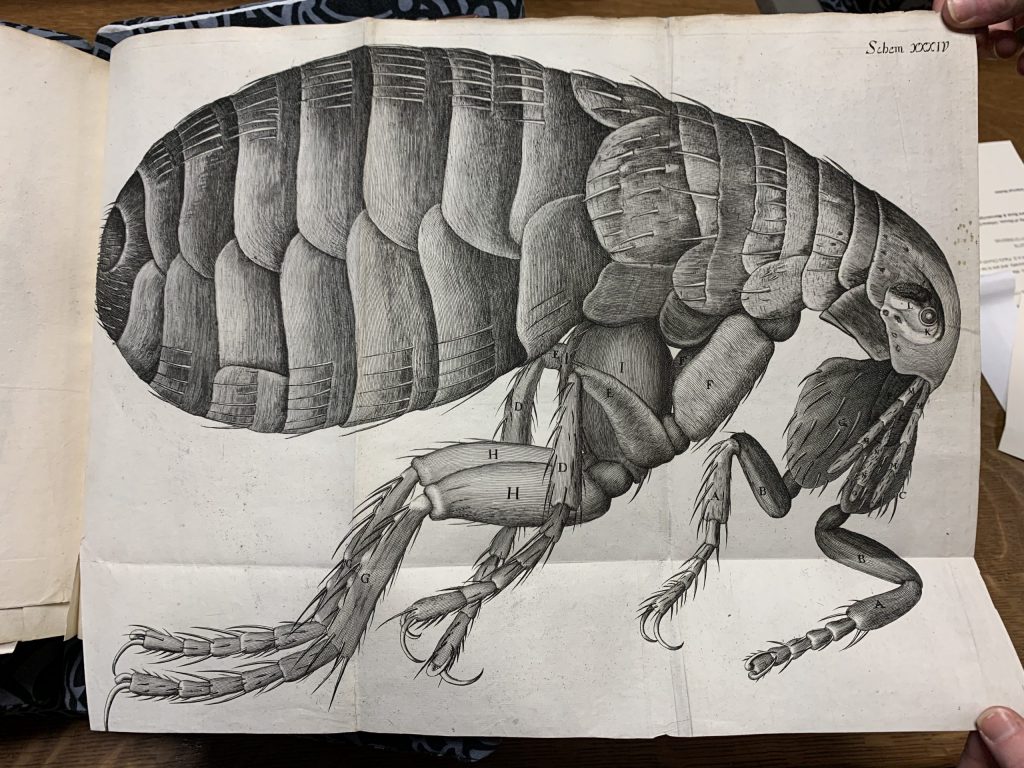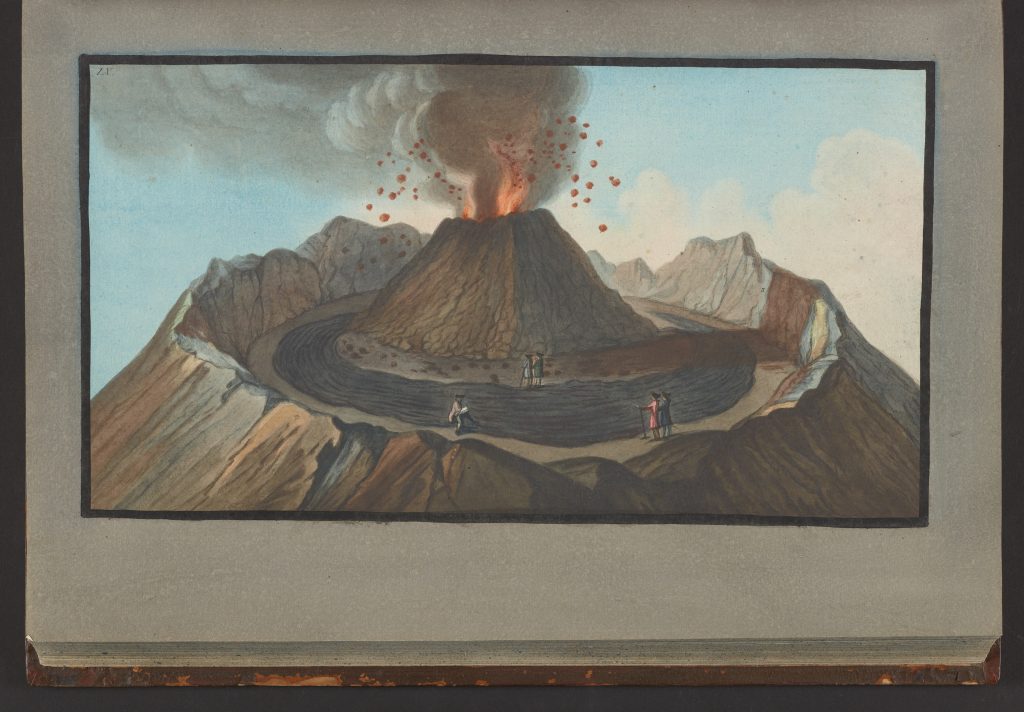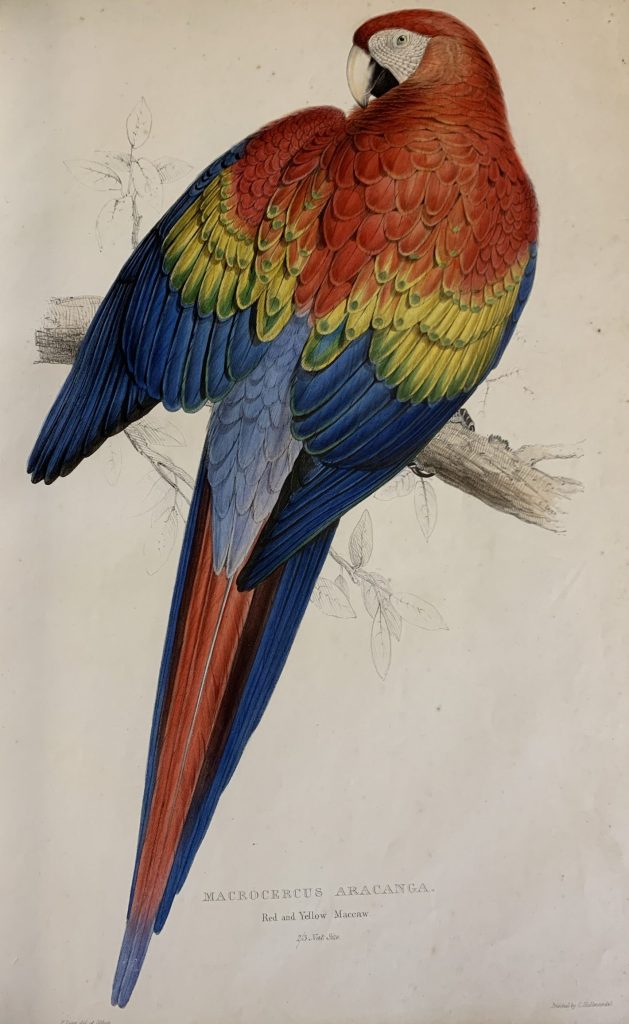SCIENCE:
Andreas Vesalious – De Humani Corporis Fabrica Libri Septem

De humani corporis fabrica libri septem is one of the most significant anatomy books in the history of science. The text deviated from the teachings of Galen, a Roman physician, in order to promote a more hands-on approach to learning anatomy and subsequently learning how to be a physician. Vesalius also altered the format of anatomical drawings by drawing the human form in artistic poses and placing them in scenic landscapes.
Robert Hooke – Micrographia: or Some Physiological Descriptions of Minute Bodies Made by Magnifying Glasses… (ELIMINATED IN ROUND 1)

Robert Hooke’s Micrographia: or Some Physiological Descriptions of Minute Bodies Made by Magnifying Glasses. With Observations and Inquiries Thereupon is a seminal scientific work in various regards, which include containing the earliest illustrations of many insects under magnification and being the first use of the word “cell” to describe biological units. It is significant to the history of printing for being the first major publication by the Royal Society. Micrographia is most famous for its depictions of living specimens under magnification, but Hooke also observed other items such as razor blades, needles, and snow crystals. In addition to his microscopic observations, Hooke also included philosophical and scientific observations about planets and fossils.
Sir William Hamilton – Campi Phlegraei

Latin for “fields of fire,” “Campi Phlegraei” is one of the most celebrated and beautiful books on Mount Vesuvius by Sir William Hamilton. Published in 1779, this book contains beautiful hand painted illustrations of the eruptions of Mount Vesuvius volcano between throughout the 1760s and 1770s. One of the illustrations of the Bay of Naples became one of the most famous postcard views, and the image was reproduced numerous times. In addition to being visually stunning, Hamilton’s book was also scientifically significant. Hamilton provided close observations along with detailed empirical data about the volcano became the first serious systematic set of observations of the volcano.
Edward Lear – Illustrations of the family of Psittacidae, or parrots… (ELIMINATED IN ROUND 1)

Edward Lear is more commonly known for his literary nonsense in his poetry, more specifically in his limericks. In addition to being a writer and poet, Lear was also an artist and illustrator. His first book was “Illustrations of the Family of Psittacidae, or Parrots” published in 1832, and contained 42 lithographs with original hand painting. Lear began work on his illustrations in 1830, when he was only 18 years old. Lear visited the London Zoo, as well as some private collections, to paint the parrots live.
Thank you to Ruthann Miller for her contributions!
A very interesting one. thank you for sharing